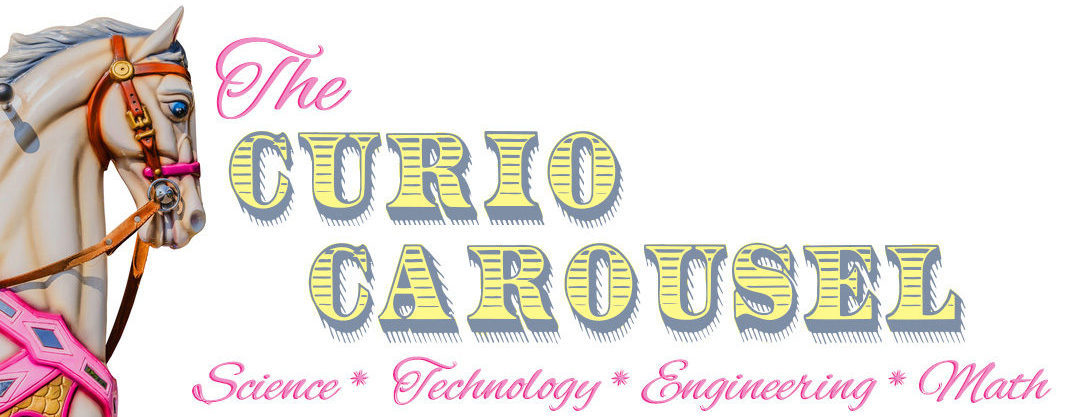STEP 1: You tell us the what, where and when.
Choose a kit, a location in Spokane, and a date/time. Use our Booking Form to make your request.
STEP 2: We show up with STEM Kits and a small team of STEMinistas.
Our kits are packaged in sets of 16 and we can generally accommodate up to 32 students per session. Some kits are available for 48, and some kits are only available for 16. We’ll let you know if we can’t do 32. You let us know if you are seeking 48.
STEP 3: We pass out kits and placemats.
The placemats are key to our process. They visually show (and sometimes include labels) of each piece the kit should contain. The learner is expected to lay out the parts on their placemat to confirm they have all the pieces they need and are expected to have. This activity serves multiple purposes: it gets learners handling the parts, it increases their confidence that they have what they need for the activity, it may pique their curiosity, and it establishes the baseline for what parts will be returned to the kit after the activity is complete.
STEP 4: We give END GOAL instructions or inquiries to learners.
Rather than beginning with a lecture, we try to start with questions or a stated goal. We challenge your learners to build a solution or conduct an experiment that answers the question or meets the end goal. Our STEMinista Mentors are trained to observe and interact with the learners to guide and redirect inquiry so that the learner develops self confidence in their problem solving while making progress toward the goal. Some kits are distributed in phases so that learners must achieve one end goal before being given more complex goals.
STEP 5: We ask learners to return their kit components to the placemats.
When the activity has come to an end, we ask learners to re-place their kit components on their placemat. A STEMinista Mentor checks each placemat, packages the components back into the kit case, and collects the kit.
STEP 6: We debrief.
Depending on the host teacher’s preferences, we can lead a team debrief so that students can ask questions and talk about what they learned.
